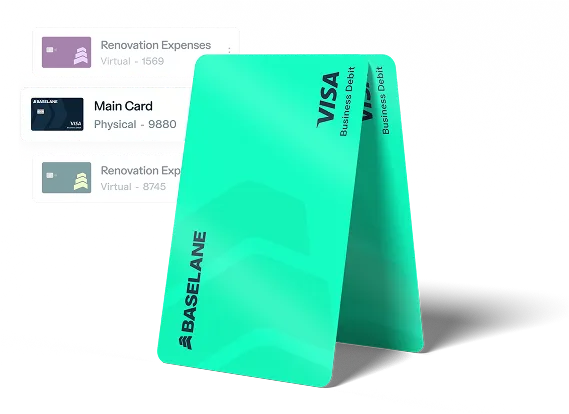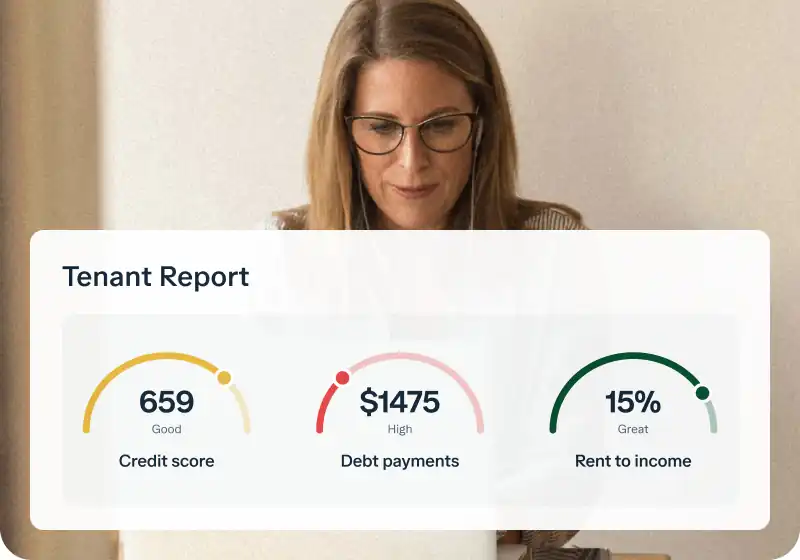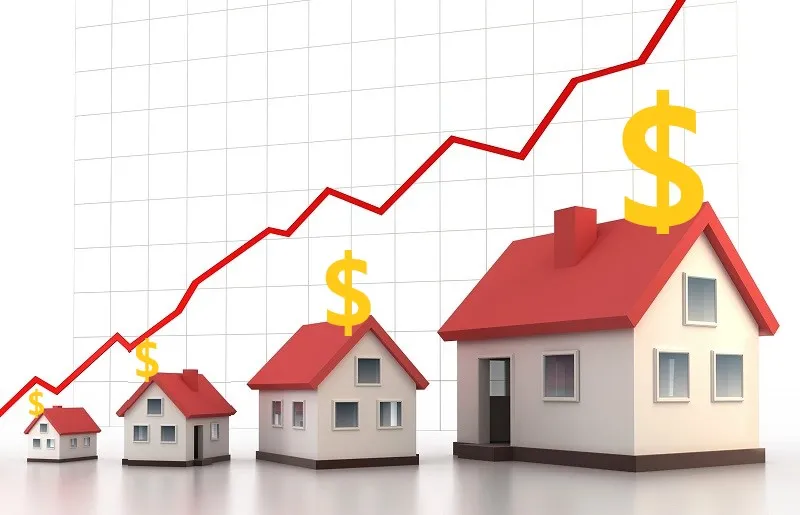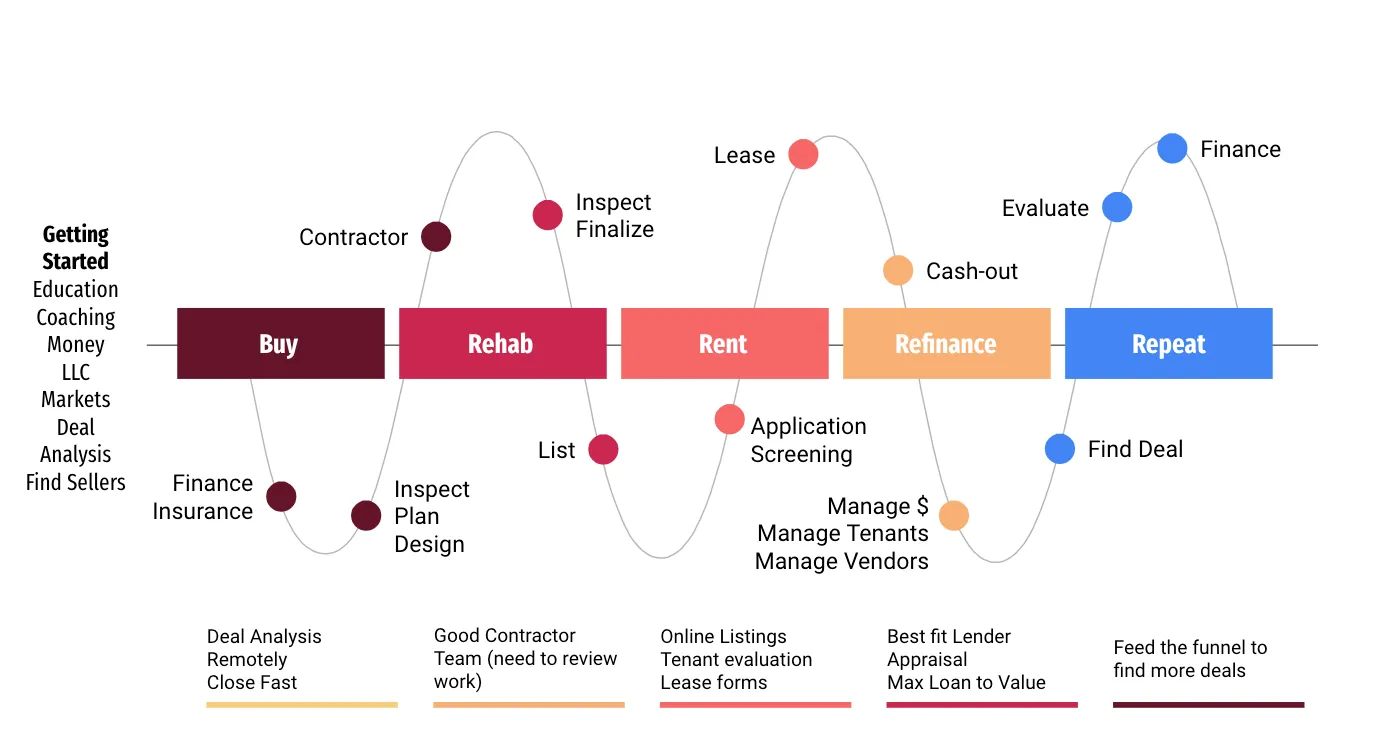The number one rule in real estate investing is simple: you make money when you buy, but you realize your profit when you sell. But in between those two points, how do you measure the ongoing success of your rental business? The answer is your return on investment (ROI).
If you're wondering whether your rental property is truly a profitable asset—or if your capital is just sitting idle—calculating ROI is the essential step for gaining financial clarity and control..
This guide will walk you through the essential formula, help you set a benchmark for a "good" ROI in 2025, and show you exactly how to calculate the returns on your cash and financed properties.
What is rental property ROI?
In real estate, your rental property ROI measures the gain or loss generated on an investment relative to the initial amount of money invested.
In simple terms, ROI is your annual profit compared to your total investment. The final result is expressed as a percentage.
ROI = Annual Net Profit/Total Investment × 100
Knowing the ROI of your rental properties moves you past simple gut feelings and provides an objective, data-backed figure that can guide your strategy.
How to calculate ROI for rental properties
While the formula to calculate ROI seems straightforward, that’s not always the case.
Let us help break down the formula to calculate the ROI accurately.
Step 1: Calculate total investment (the denominator)
Total investment is the total upfront cash you put into the property. It’s important to include all funds remaining in your pocket, not just the purchase price.
Here’s what all you should include while calculating the total cost of investment:
- Down payment (if financed)
- Property closing costs (attorney fees, title insurance, appraisal fees)
- Any funds immediately spent on capital expenditures (CapEx), like a new roof, HVAC system, or major renovations needed to make the property rentable.
Step 2: Calculate annual net profit (the numerator)
Annual net profit is the total money your property generates after all operating expenses are paid.
- Total annual rental income: All rent collected over 12 months, plus any fees (e.g., application fees, pet rent).
- Total annual operating expenses: Sum of all costs necessary to keep the property running: property taxes, property insurance, property management fees, utilities, repairs and maintenance, advertising, and a vacancy allowance.
- Debt service (mortgage payments): Include the total annual mortgage principal and interest payments.
ROI calculation example: Cash purchase
Let's look at a straightforward example of a property purchased outright with cash.
An 8.18% ROI on a cash purchase is a solid return, especially since the investor has full equity and no monthly debt payments.
ROI calculation example: Financed property (leverage)
This calculation is more common since most investors use debt to acquire property. Using financing allows you to leverage a small amount of cash to control a much larger asset, which typically boosts your ROI.
The 12% ROI shows the power of leverage. While the actual dollar profit is smaller, the percentage return on the investor's cash is significantly higher because the loan essentially funded 80% of the asset.
What’s a good ROI for a rental property in 2025
Before you start crunching numbers, you're likely wondering what target percentage you should be aiming for.
In the current market environment—with higher interest rates and shifting property values—a good rental property ROI generally falls between 7% and 10% for leveraged (financed) properties. For properties bought entirely with cash, the benchmark is often lower, frequently starting around 5% to 6%.
However, keep in mind that a "good" ROI is deeply personal to your investment strategy and risk tolerance:
- Growth-focused investors are often happy with a lower initial ROI (e.g., 5-7%) if the property is in a rapidly appreciating area. Their goal is to maximize long-term equity.
- Cash flow-focused investors prioritize a high immediate cash return (e.g., 8%-10%+) to replace their full-time income or build generational wealth.
The Golden Rule: Regardless of the percentage, your ROI must comfortably beat other comparable investment options, such as leaving the money in a high-yield savings account or the stock market. For instance, if your cash deposits are earning up to 3.14% APY, your cash ROI should be significantly higher to justify the work and risk.
Factors that influence ROI in real estate
The entrepreneurial investor is highly attuned to the market. These external factors are largely out of your control, but you must factor them into your ROI expectations:
- Interest rates and financing costs: Higher debt service payments (mortgage interest) directly reduce your Annual Net Profit, driving down your ROI.
- Vacancy rates and tenant quality: Even a single month of vacancy or a non-paying tenant can drastically reduce your income and throw your annual ROI calculation off track. This is why tenant screening and rent collection reliability are key concerns for investors.
- Location (micro and macro-markets): Regional economic stability, job growth, and a high demand for rentals will support rent growth, protecting and improving your ROI.
- Market rent growth: The rate at which local market rents are increasing, determining your ability to raise rents upon lease renewal to maximize the property's income potential.
- Property condition and age: Older properties may have higher annual repair and maintenance costs, while newer properties may command higher rents but might lack the "value-add" renovation potential.
How to maximize your rental property ROI
Here are 4 low-cost, yet often overlooked, strategies to boost your rental property ROI.
Make low-cost, high-impact refreshes to your property
Replace the small, tactile items that tenants interact with daily, dramatically improving the perceive value of the unit for a minimal cost.
- Repair outdated fixtures—like brass door handles, yellowed light switch covers, and leaky faucets—to make the whole unit feel old and poorly maintained, even if the walls are freshly painted.
- Swap out old cabinet knobs, interior door handles, faucets, and light fixtures with modern finishes (e.g., brushed nickel or matte black), to achieve a cosmetic effect akin to a light remodel for only a few hundred dollars.
This small investment attracts tenants willing to pay a slightly higher rent, reduces vacancy time, and defers the need for a costly, full renovation, thereby maximizing short-term ROI.
Use a gradual rent increase strategy
The cost of tenant turnover (lost rent, cleaning, re-leasing fees) is universally the biggest ROI killer. When rent is significantly below market, hitting a good tenant with a huge hike often causes them to leave. The solution is to establish an expectation of small, consistent annual adjustments.
Never renew a lease at the exact same rate. Even if the market is flat, apply a modest increase (e.g., 2-3%) to offset your rising operating costs (taxes, insurance). This minimizes the gap between your rent and the market rate over time, allowing you to maximize rental income without triggering the high cost of a vacancy.
Require tenants to carry renters' insurance
This is a standard business practice that is often skipped by smaller landlords, but it is a critical risk mitigation strategy. Your landlord insurance policy only covers the dwelling's structure.
Suppose a tenant suffers a major personal loss (e.g., a burst pipe ruins their furniture) or negligently causes damage (e.g., an oven fire). In that case, the absence of renters' insurance creates a direct financial and legal risk for you.
By mandating a policy with $100,000 minimum liability coverage in the lease, you effectively transfer liability risk to the tenant’s carrier. This dramatically reduces the likelihood of a major insurance claim against your policy, which is essential for keeping your annual premiums stable or lower in the long term, thus safeguarding your cash flow and ROI.
Upgrade to durable, low-maintenance flooring in high-wear areas
Carpet is the most common and fastest-depreciating floor covering in rentals, requiring expensive cleaning and frequent replacement every 3-5 years due to turnover, stains, and wear.
Investing in Luxury Vinyl Plank (LVP) or ceramic/porcelain tile in the living room, kitchen, and hallways has a higher upfront cost than carpet. Still, these materials are highly durable, waterproof, and only require basic cleaning.
In the long term, you’ll be able to eliminate the recurring turnover cost of carpet replacement, saving potentially thousands of dollars in annual operating expenses and capital expenditure.
Tools to help you calculate and track ROI
Manually tracking every transaction to calculate your ROI is a time-consuming headache. You need a dedicated solution that does the heavy lifting for you.
Traditional business bank accounts for real estate often require complex external accounting software like QuickBooks, but modern solutions integrate all the features you need right where your money is.
As an all-in-one financial platform built specifically for real estate investors, Baselane helps you automate your finances to take back time and gain clarity and control:
- Automated Bookkeeping: All income and expenses are auto-synced and tagged by property and Schedule E category, giving you real-time cash flow insights for accurate ROI and Schedule E reporting.
- Unlimited Virtual Accounts: Open separate, free checking and savings accounts for each property, unit, or expense type to ensure your funds are never commingled. This is critical for clear and easy ROI calculations.
- Automated Rent Collection: Baselane's integrated rent collection ensures you get reliable, on-time payments, minimizing the number one threat to your cash flow and ROI.
Ready for banking that manages real estate finances for you? Get started for free today.
FAQs
What is a typical ROI for a rental property in 2025?
A common benchmark for a good rental property ROI in the US for 2025 is typically between 8% and 12%. However, this can vary widely based on specific market conditions and property characteristics.
How is ROI different from Cap Rate?
ROI (Return on Investment) compares annual net profit to the total initial investment, including purchase costs, closing costs, and renovations. Cap Rate (Capitalization Rate) compares annual net operating income (before debt service) to the property's current market value or purchase price, providing a snapshot of unleveraged yield. You can learn more about [cap rates for real estate] in our detailed guide.
Does appreciation factor into rental property ROI calculation?
Traditional ROI calculation focuses on annual cash flow relative to the initial investment and does not typically include property appreciation (or depreciation) in the annual profit figure. Appreciation is often considered a separate gain realized upon selling the property.
Can software help me calculate rental property ROI?
Yes, financial software designed for landlords can significantly help. Platforms with integrated bookkeeping track income and expenses accurately, providing the necessary data for ROI calculation. Some platforms also offer specific [rental property return on investment calculator] tools.














%20(1).jpg)


